Viking warriors were much more than the fierce raiders they’re often portrayed as. Their lives were complex, influenced by strong cultural traditions, innovative seafaring skills, and a deep connection to their communities. From the way they fought to the roles they played in society, there’s much to uncover about these legendary Norsemen. Let’s explore some surprising insights into their world.
They Were Skilled Shipbuilders

Vikings were master shipbuilders, creating longships that were fast, durable, and designed for both combat and exploration. Their long, narrow hulls allowed for quick maneuverability in both open seas and shallow rivers, giving them a tactical advantage in raids. These ships were often adorned with intricate carvings and equipped with a sail, making them capable of traveling great distances, from Europe to North America.
Viking Women Had Warrior Roles
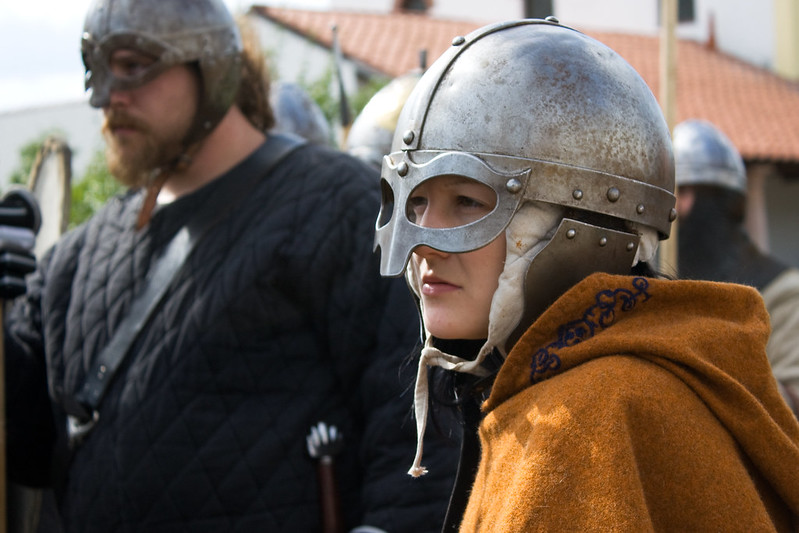
Contrary to popular belief, some Viking women also took up arms. Historical accounts and burial finds, like the famous Birka female warrior grave in Sweden, suggest that women could assume roles in combat. These women were not just shield maidens in legend but may have led or joined raids, defying the typical gender norms of the time.
Viking Warriors Practiced a Form of Democracy
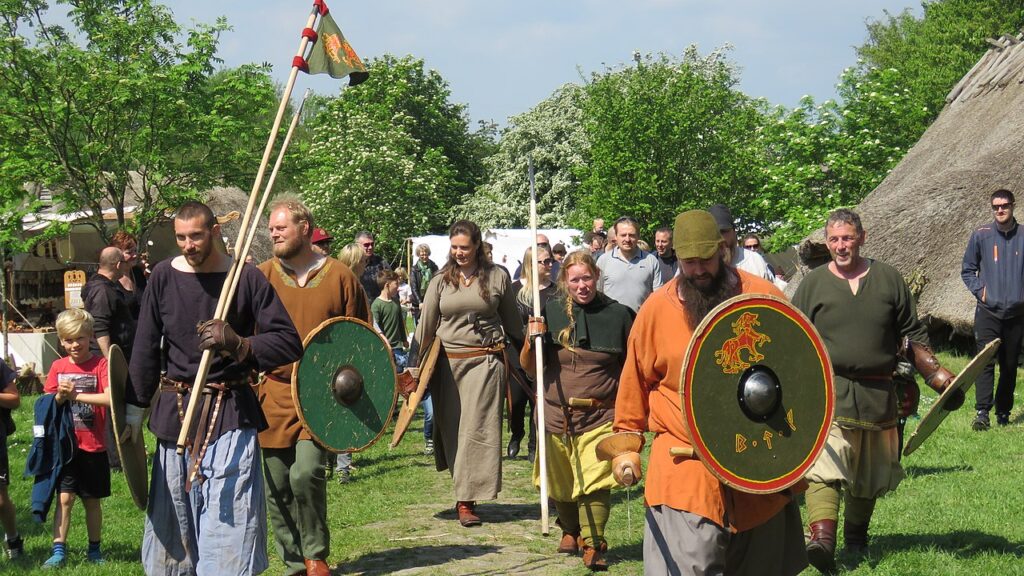
The Vikings were not a society led by kings alone. Warriors participated in assemblies called “things,” where they could voice their opinions on matters such as laws, disputes, and even decisions about raids. This form of early democracy allowed the Viking warriors a say in how their society was governed, showing that their lives were not just about battle.
Their Armor Was Practical, Not Ornate
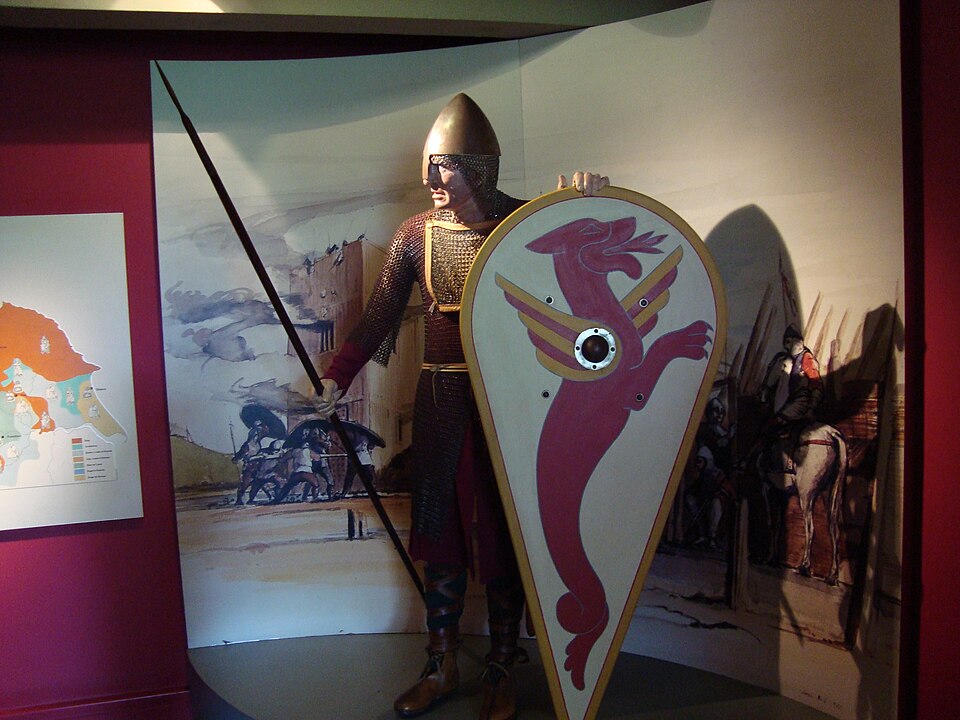
Though often depicted wearing elaborate helmets with horns, Viking warriors favored practical armor. They typically wore chainmail or leather, and their helmets were simple, conical in shape with a nose guard for protection. This ensured mobility in battle while still offering protection, rather than being weighed down by heavy, elaborate armor.
They Valued Honor and Reputation
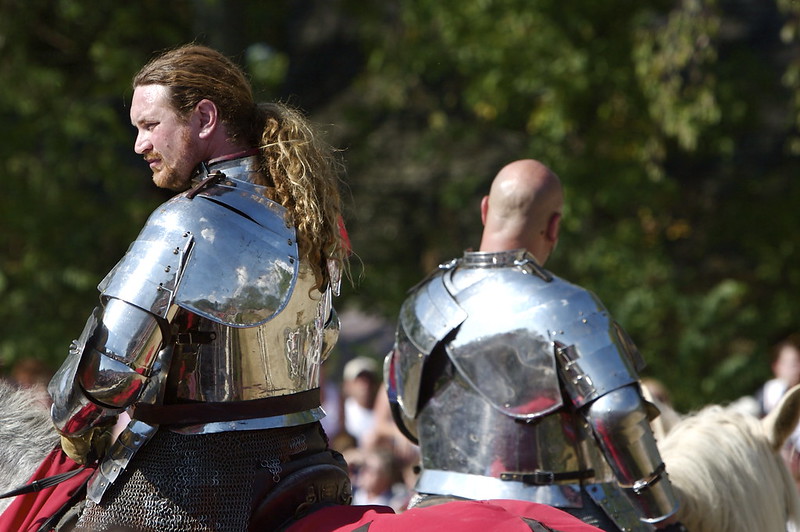
For Vikings, honor and reputation were central to their lives. The concept of “drengskapr” emphasized courage, honor, and fairness in battle. Warriors gained status through heroic deeds, and maintaining one’s reputation could elevate a Viking within their community. This cultural emphasis on honor drove much of their behavior in raids and warfare.
They Had Complex Burial Rites
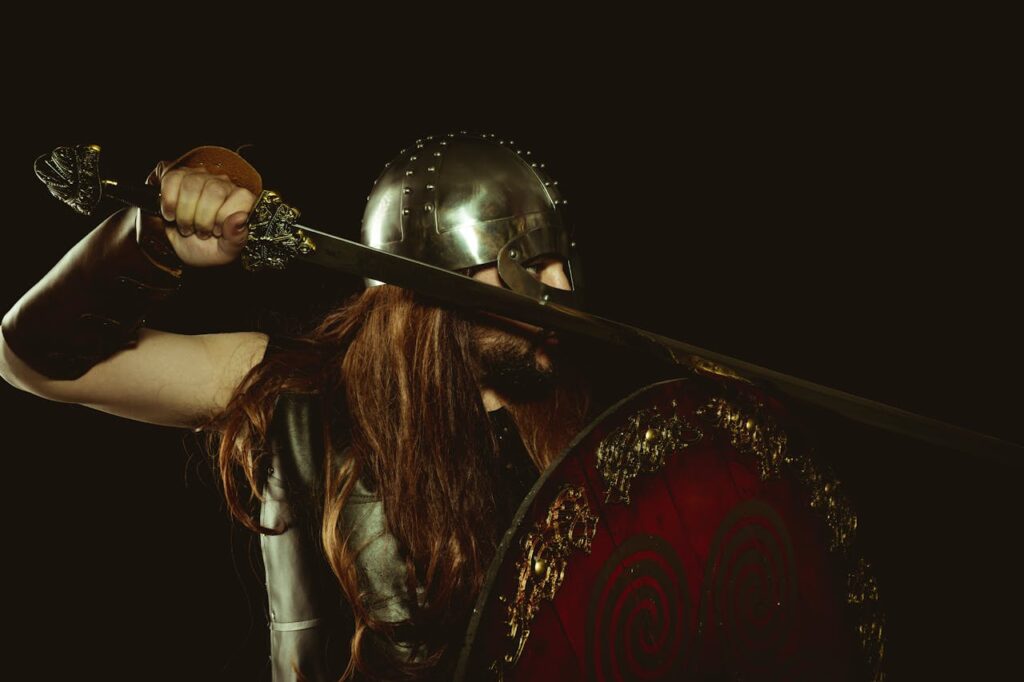
Viking warriors believed in an afterlife, and their burials reflected their status. Some were buried in elaborate ship burials, equipped with weapons, armor, and even sacrificed animals or slaves to accompany them in death. These burials highlight the Vikings’ belief in a warrior’s journey to Valhalla, where they would fight alongside gods in the afterlife.
They Used Berserkers in Battle
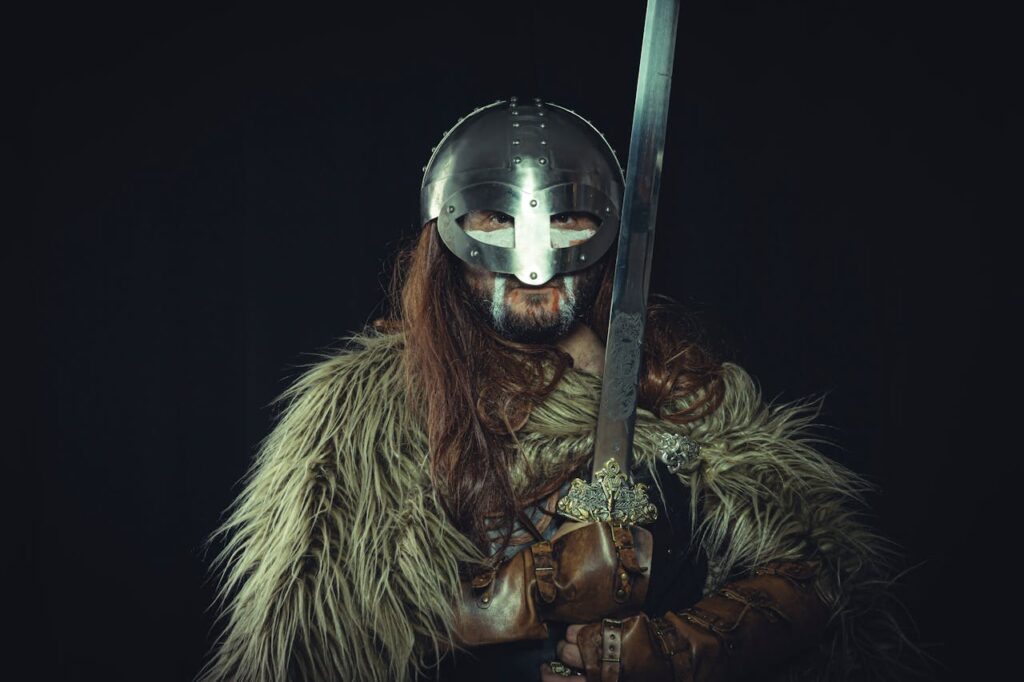
Berserkers were fierce Viking warriors believed to enter battle in a trance-like rage, fighting with superhuman strength. They wore animal pelts, often of bears or wolves, and fought with wild abandon, intimidating their enemies. The term “berserk” itself comes from these warriors and highlights how unique and terrifying their combat style could be.
Viking Warriors Traveled Far Beyond Scandinavia
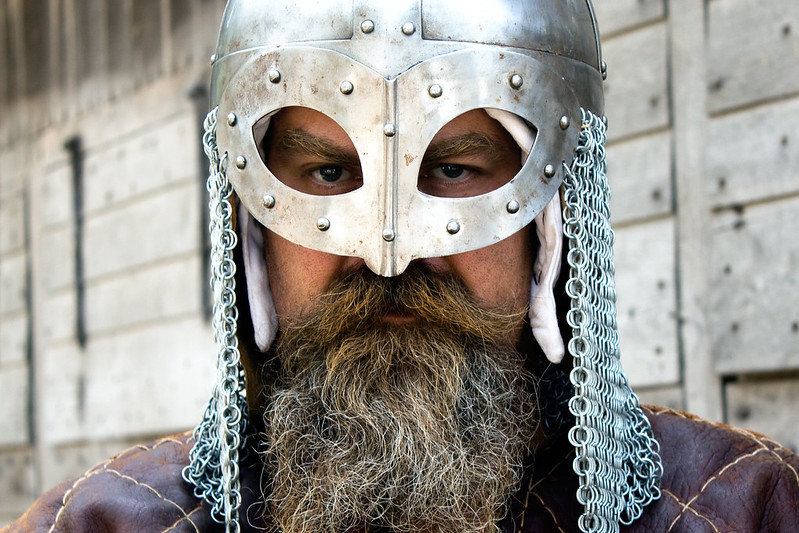
Vikings were not confined to the cold north; they ventured as far as the Middle East and North America. The warrior Leif Erikson is credited with being one of the first Europeans to land in North America. Their extensive travels were not only for plunder but also for trade, helping them accumulate wealth and expand their influence across different regions.
They Were Mercenaries for Foreign Kings
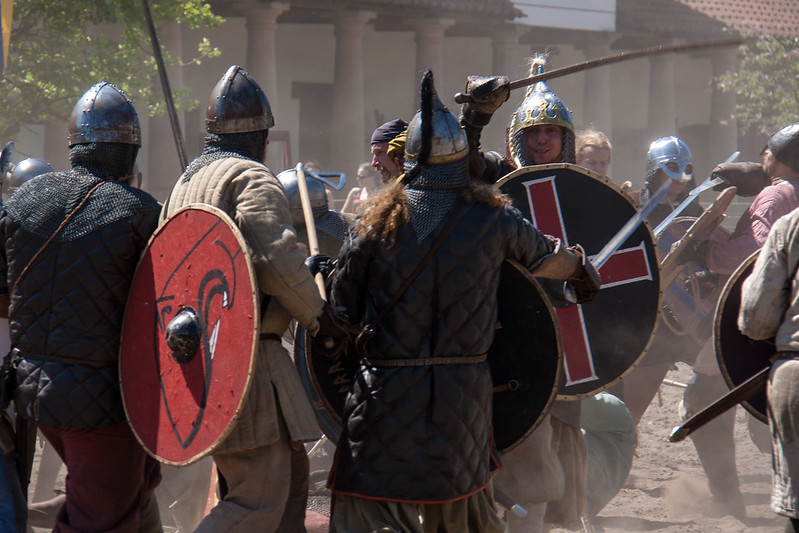
Viking warriors, known for their combat prowess, were hired by foreign rulers to fight in their armies. Notably, the Varangian Guard in the Byzantine Empire consisted of Viking warriors who served as elite bodyguards to the emperor. These mercenaries earned wealth and status by lending their fighting skills to the highest bidder.
They Had a Strong Legal System
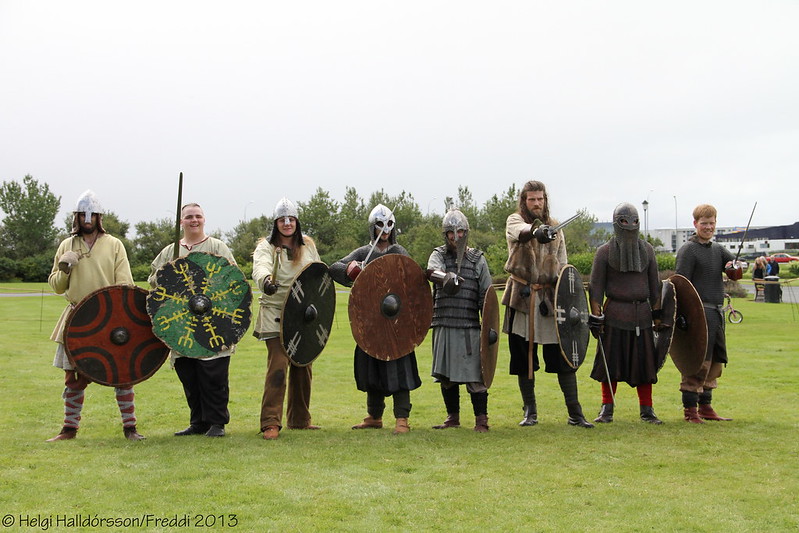
The Viking legal system, known as “Lawspeaker,” was a structured process to resolve conflicts and prevent blood feuds. Disputes between warriors could be settled through compensation rather than violence. This system helped maintain order within the Viking society, emphasizing that even warriors lived by a set of established rules.
Viking Warriors Took Part in Poetry and Song
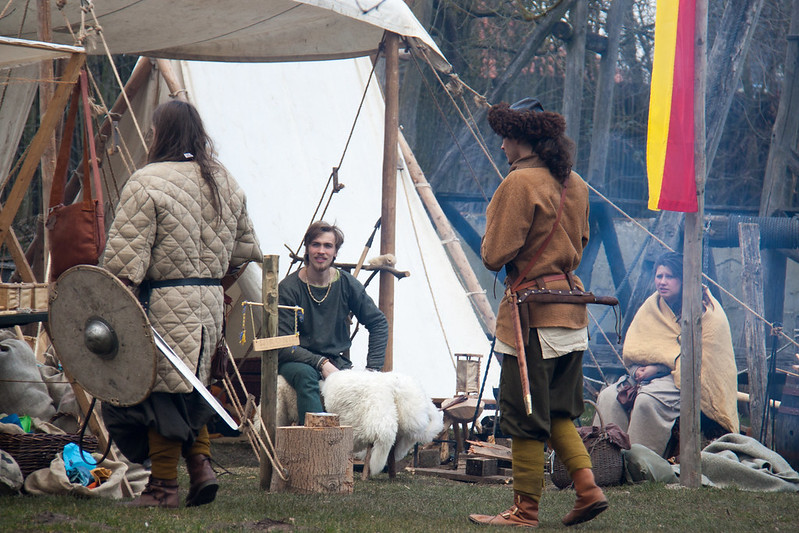
Though they were fierce in battle, Viking warriors were also skilled in the arts. They composed “skaldic” poetry, which often recounted heroic deeds or praised fellow warriors. Music and oral storytelling were significant parts of Viking culture, reflecting the deep emotional and artistic sides of these warriors.
They Practiced Human Sacrifice
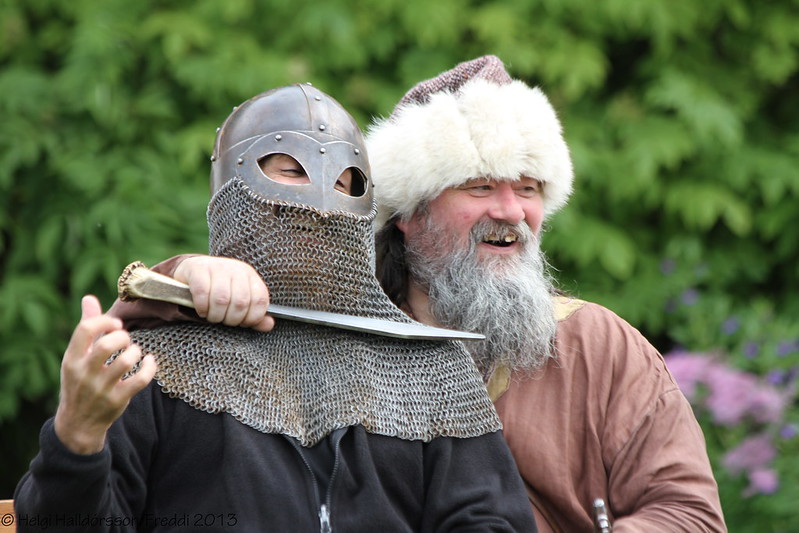
Archaeological evidence suggests that some Viking warriors took part in human sacrifices, often as part of religious ceremonies to the gods like Odin and Thor. These sacrifices were believed to ensure victory in battle or favor from the gods. Ritualistic killings and sacrificial offerings were part of their belief system, connecting war with the divine.
They Didn’t Always Fight to the Death
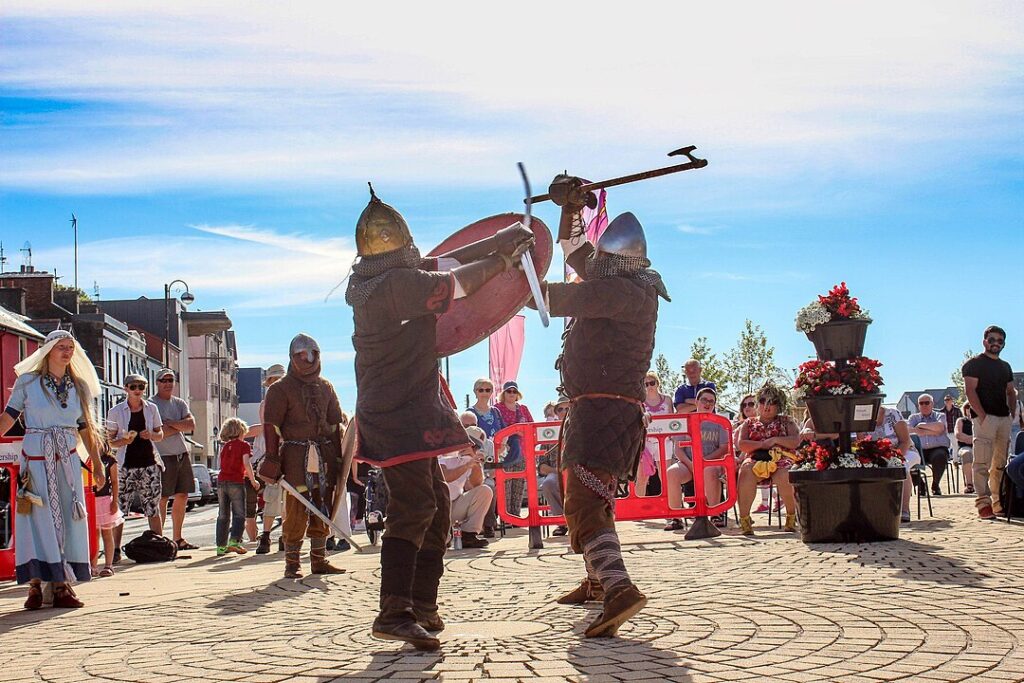
Vikings were strategic warriors who valued life and would sometimes retreat from battle if defeat seemed inevitable. Warriors often used ambushes and tactical retreats, valuing strategy over sheer force. This shows that their reputation for relentless violence was sometimes tempered by practicality in warfare.
They Wore Protective Amulets
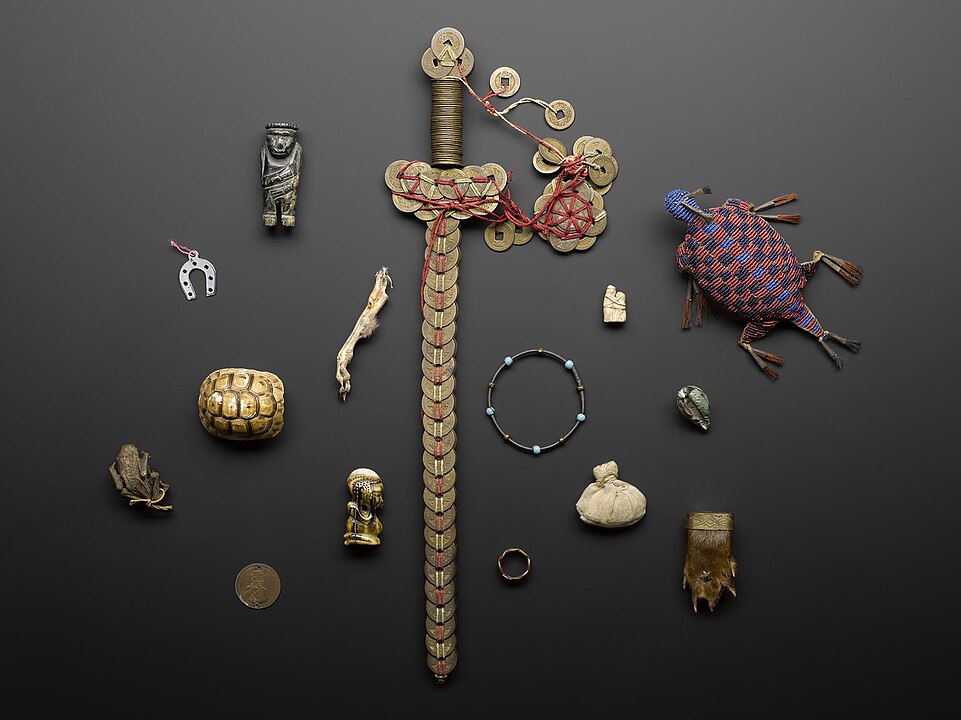
Viking warriors often carried amulets for protection, believing in their magical power to shield them from harm. The most common amulet was the “Thor’s hammer,” a symbol of the god Thor, which was thought to provide strength and protection in battle. These amulets were not just decorative but deeply tied to their belief system.
Viking Warriors Were Also Farmers
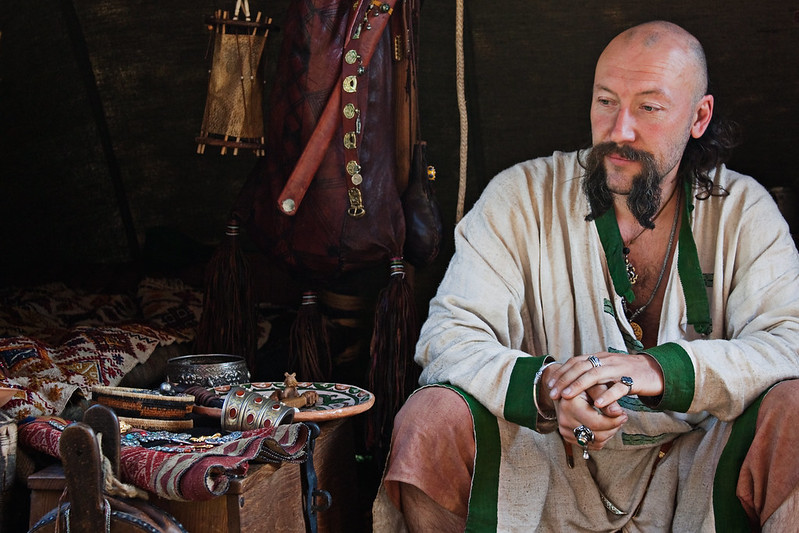
Though known for their raids, many Viking warriors returned home after battle to tend their farms. Most Viking societies were agrarian, and warriors were often responsible for maintaining their family’s land. This dual role as both farmer and warrior shows a more grounded side to Viking life, where survival depended on both the battlefield and the farmstead.
They Had a Taste for Luxury Goods
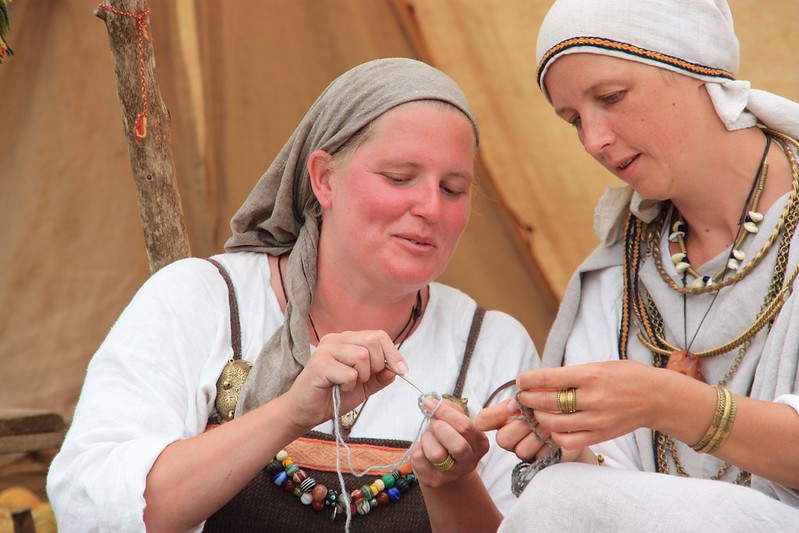
Viking warriors brought home more than just plunder; they also traded for luxury items like silk, spices, and jewelry. Their travels connected them to the Silk Road and the wealth of the East, introducing them to a range of exotic goods. This reveals that the Vikings were not just warriors but also traders with a taste for the finer things in life.
They Engaged in Psychological Warfare
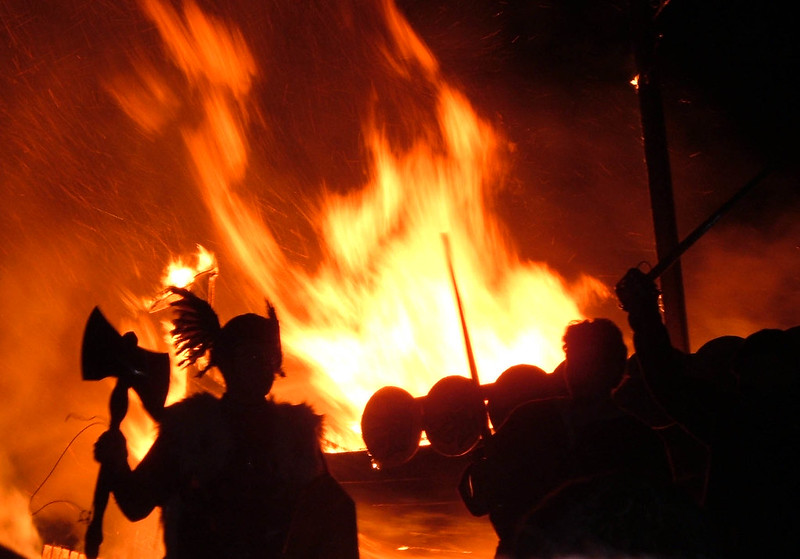
Viking warriors often used terror as a tactic, burning villages and displaying brutal force to instill fear in their enemies. This psychological warfare was a calculated strategy to weaken enemy morale before actual combat began. Their fearsome reputation often made them victorious without having to fight prolonged battles.
Vikings Had Slaves Called Thralls
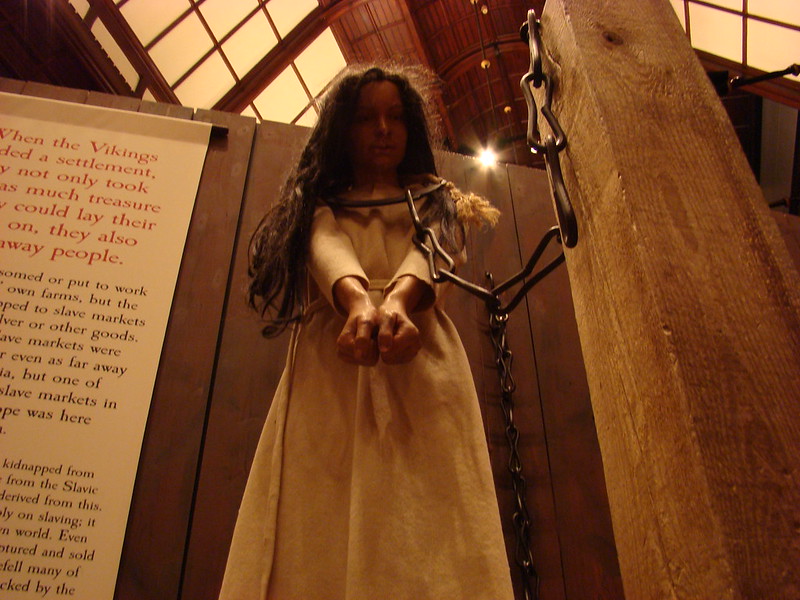
Many Viking warriors owned thralls, or slaves, who were captured during raids or purchased in markets. These thralls worked the land, served in households, or even accompanied their masters into battle. Thralls were an integral part of Viking society, contributing to the economy and the success of Viking warriors’ lifestyles.
They Used a Wide Array of Weapons
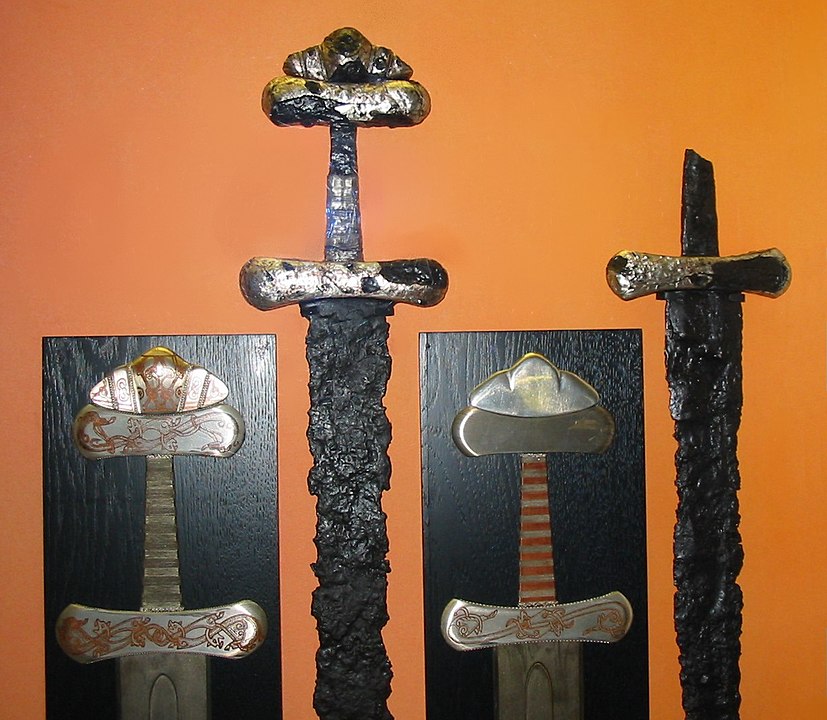
Viking warriors were well-armed with a variety of weapons, from swords and axes to spears and bows. The “Viking axe” became particularly iconic, designed for close combat and often beautifully crafted with intricate details. Weapons were not only functional but also symbols of status, passed down through generations of warriors.
They Were Experts in Siege Warfare
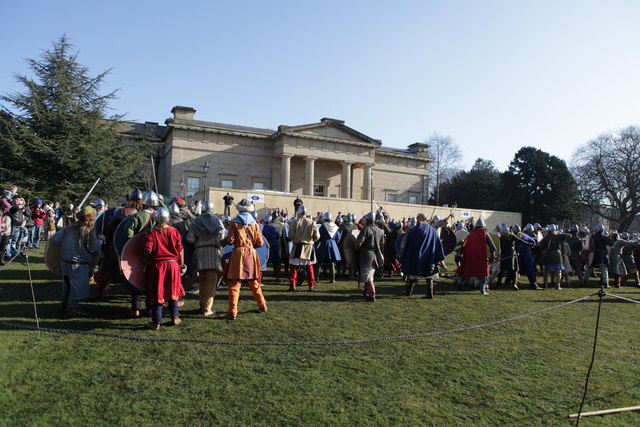
While famous for their raids, Vikings were also adept at siege warfare, often surrounding castles and fortified towns for extended periods. Using advanced siege tactics, including battering rams and ladders, they adapted their raiding skills to overcome even the most well-defended settlements.
They Were Influenced by Paganism
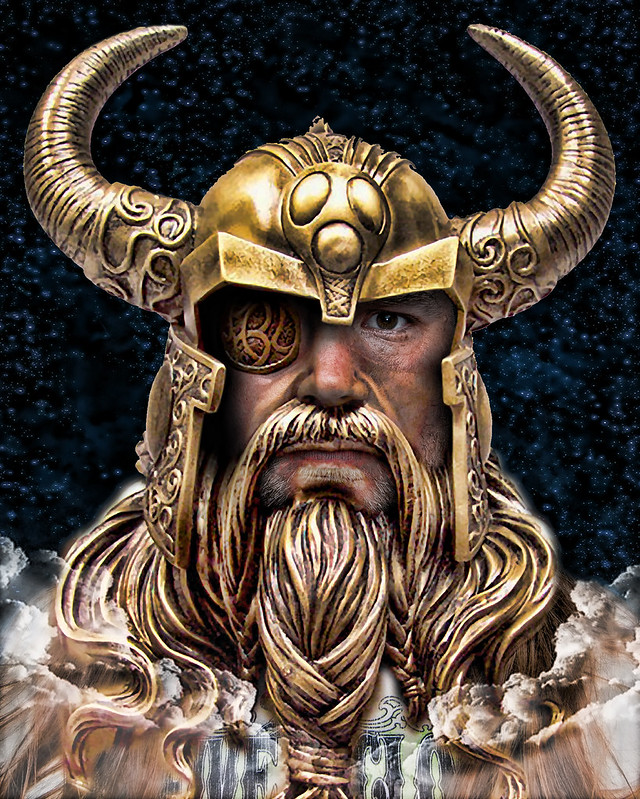
Viking warriors were deeply religious, and their pagan beliefs shaped their worldview. They worshipped gods like Odin, the god of war, and Thor, the protector of mankind. Their religious rituals often involved sacrifices and prayers before battle, and they believed that dying in battle was the most honorable way to join the gods in Valhalla.
They Traded as Much as They Raided
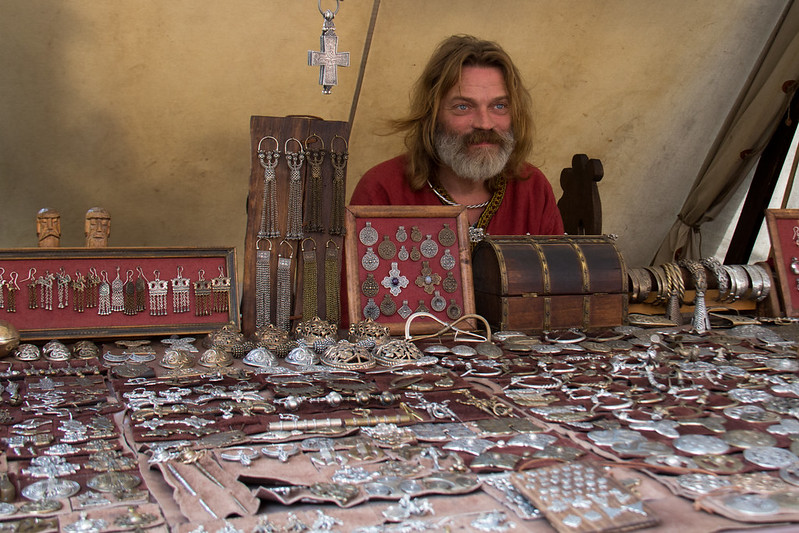
While raiding may be the most well-known aspect of Viking life, they were also traders who established commercial networks throughout Europe and Asia. Their extensive trade routes allowed them to accumulate wealth, exchange ideas, and integrate into foreign societies. This lesser-known side of Viking warriors highlights their ability to adapt and thrive beyond the battlefield.
This article originally appeared on UnifyCosmos.
More from UnifyCosmos
20 Effective Communication Strategies for Couples

By implementing these effective communication strategies, couples can build trust, resolve conflicts, and deepen their connection. Read more!
18 Harmful Money Habits That Can Ruin Relationships

It’s essential to recognize and address these issues early on. Here are 18 common money habits that can harm relationships the most. Read more!
18 Unique Ways to Strengthen Relationships

By exploring new ways to connect and support each other, you can build deeper and more meaningful bonds. Here are 18 unique ideas to help you enhance your relationships and create lasting connections. Read more!
Leave a Reply